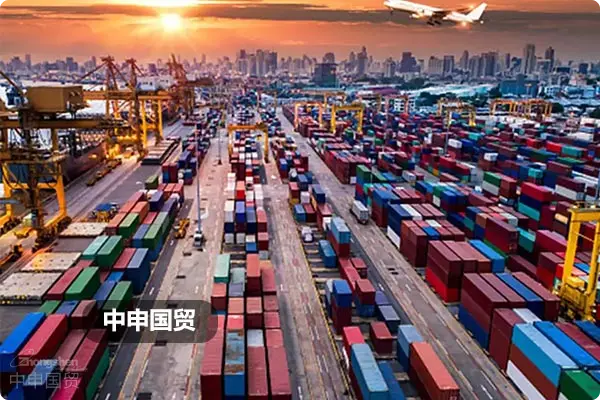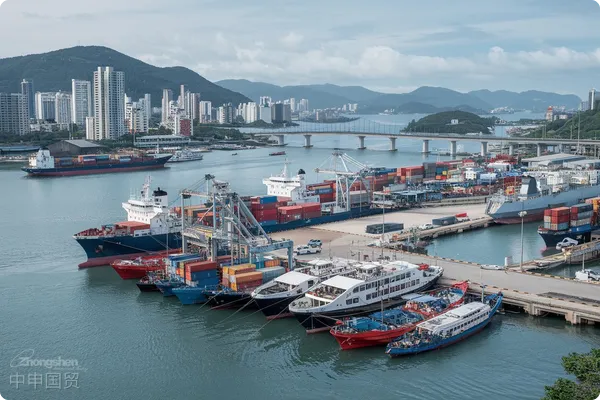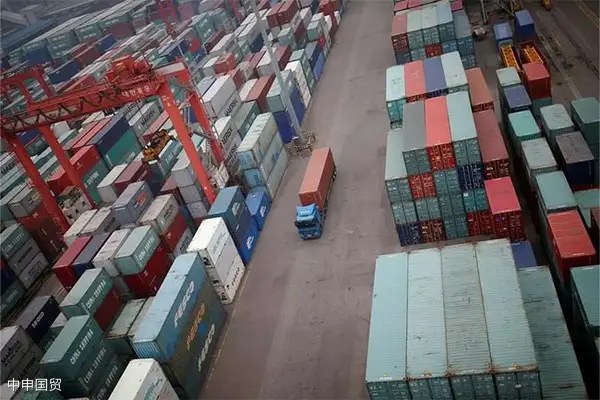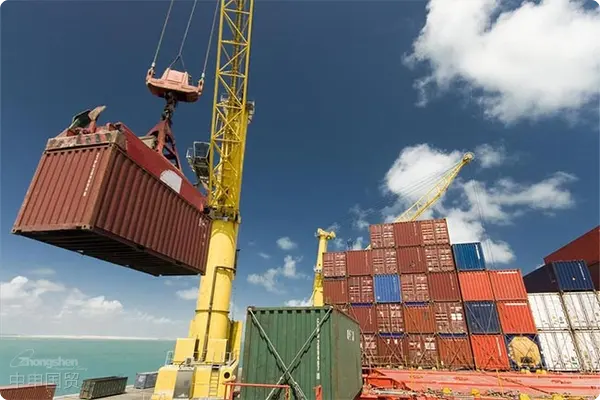- Shanghai Zhongshen International Trade Co., Ltd. - Two decades of trade agency expertise.
- Service Hotline: 139 1787 2118
In international trade,Export Drawbackis an important policy tool aimed at enhancing national export competitiveness. However, for companies new to international markets, handling tax refunds—especially when goods are held in overseas inventory or need to be sold at discounted prices due to market conditions—can be complex and challenging. This article provides a detailed introduction to the basic principles of export tax refunds, handling special cases, and practical operational advice to help companies better understand and address related challenges.

I. Basic Principles and Regulations of Export Tax Refunds
Legal Basis for Tax Refunds
In China, the export tax refund system is primarily implemented under the Provisional Regulations of the Peoples Republic of China on Value-Added Tax and its implementing rules. According to these regulations, companies can apply for a refund of the VAT paid during the purchase of raw materials and production processes for eligible export goods.
Basic Conditions for Tax Refund Eligibility
(1) Export Proof: Companies must provide valid export proof, such as customsExport Clearancedocuments, to confirm that the goods have been exported.
(2) VAT Special Invoice: Companies must hold domestic VAT special invoices corresponding to the exported goods.
(3) Eligible Goods: The goods must fall within the scope of refundable goods as stipulated by national policies.
Tax Refund Calculation Method
The formula for calculating the tax refund amount is:Tax Refund Amount = Tax-inclusive Purchase Price / (1 + VAT Rate) × Applicable Refund Rate. This means the refund is based on the VAT amount paid domestically, not the products selling price abroad.
II. Handling Special Cases: Discounted Sales of Overseas Inventory
When export goods are sold at discounted prices in overseas markets for various reasons, handling export tax refunds becomes a major challenge. Below are several common scenarios and their handling methods:
Tax Refund Handling for Discounted Sales
Even if goods are sold abroad below cost, as long as export and customs declaration requirements are met, a full tax refund can still be applied for based on the domestic tax-inclusive purchase price.
Overseas Inventory Handling
If goods remain unsold in overseas inventory for an extended period, companies may opt for discounted sales or other disposal methods. In such cases, it is crucial to maintain communication with customs and tax authorities to ensure all steps comply with export tax refund requirements.
Quality Returns or Destruction
If goods are returned due to quality issues or need to be destroyed overseas, companies should promptly contact tax authorities, explain the situation, and complete tax refund procedures as required.
III. Practical Operational Advice
For companies new to international trade, correctly handling export tax refunds is critical. Below are some practical operational suggestions:
Detailed Records and Document Retention
Keep all relevant export and sales documents, including contracts, invoices, customs declarations, etc., as these are key documents when processing tax refund applications.
Professional Consultation
It is advisable to work with experienced tax or financial advisors who can provide expert advice on tax refund processing, ensuring compliance with all refund requirements and regulations.
Risk management
Assess and manage risks related to export tax refunds, especially when handling special cases such as discounted disposal or returns of goods overseas.
By understanding and mastering these key export tax refund knowledge and operational skills, companies can effectively manage financial risks in their international trade activities, optimize resource allocation, and improve operational efficiency.
Related Recommendations
Learn
Contact Us
Email: service@sh-zhongshen.com
Related Recommendations
Contact via WeChat

? 2025. All Rights Reserved. 滬ICP備2023007705號(hào)-2  PSB Record: Shanghai No.31011502009912
PSB Record: Shanghai No.31011502009912








